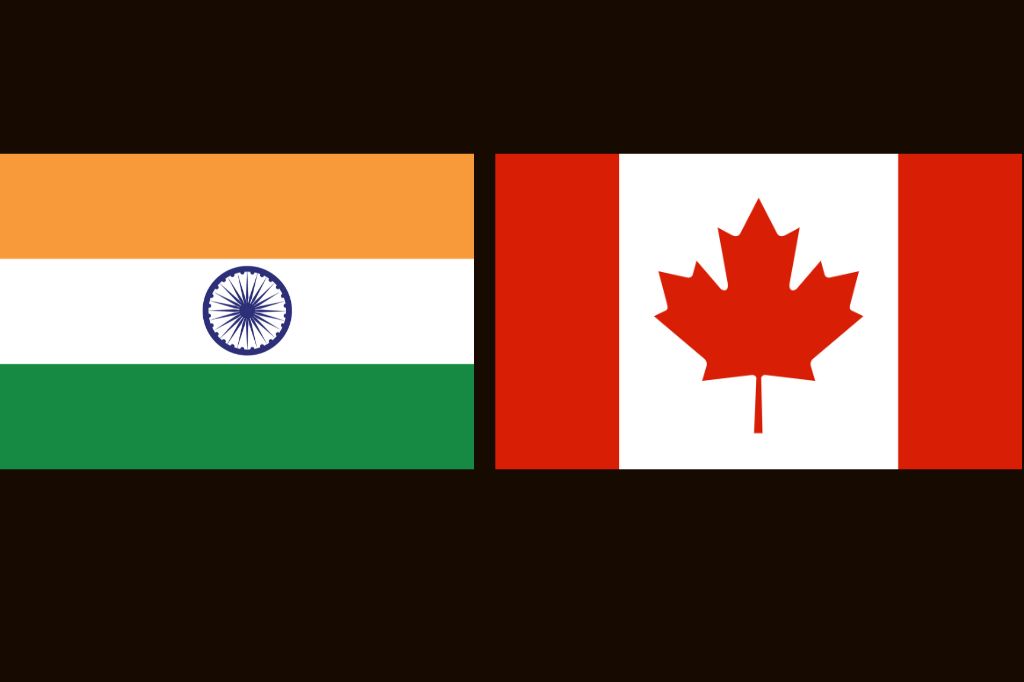In a surprising turn of events, India and Canada find themselves in a diplomatic standoff. The root of the issue? Canada’s decision to expel a high-ranking Indian diplomat over purported connections to the assassination of Khalistani terrorist, Hardeep Singh Nijjar.
Canadian Prime Minister, Justin Trudeau, didn’t mince words in the parliament. He stated there’s “credible evidence” pointing to Indian agents being involved in Nijjar’s murder. This claim was further solidified by Foreign Minister Melanie Jolie, who identified the expelled diplomat as the head of India’s Research and Analysis Wing (RAW).
India, on its part, has vehemently denied these allegations. The Ministry of External Affairs (MEA) was quick to release a statement, refuting the Canadian government’s claims.
But the ripple effects of this incident don’t stop here. The two nations, which were in the midst of discussing a free trade agreement (FTA), have now put these talks on hold. This was confirmed by Union Commerce Minister Piyush Goyal in a recent interview. Additionally, a scheduled trade mission from Canada to India this October has been cancelled.
The G20 summit also witnessed India voicing concerns. Prime Minister Narendra Modi highlighted to Trudeau the activities of extremist elements against India. The Indian statement post-meeting emphasized concerns about these elements promoting secessionism and causing harm to Indian diplomats and the broader Indian community in Canada.
With the backdrop of these political tensions, the trade dynamics between the two countries come into focus.
In 2022, the trade value of goods between the two nations touched $8 billion. This included $4 billion worth of exports from India to Canada and an equal amount in imports from Canada to India.
Canada’s farming sector, especially lentil producers, has benefited from India’s increasing appetite for imported lentils. In contrast, Indian tech and pharmaceutical firms have made significant inroads into the Canadian market.
Canada’s exports to India are dominated by energy products like coal, coke, and briquettes, as well as fertilizers. India, on the other hand, ships consumer goods, apparel, engineering products, including auto parts and aviation equipment, and various electronics to Canada.
Discussing investments, Canada stands as the 17th biggest foreign investor in India, pouring in over $3.6 billion since the turn of the millennium.
Canadian investors have also been active in the Indian stock and bond markets, investing billions. A standout investor is the Canadian pension fund, CPP, which has invested around $15 billion in India as of March 2023, diversifying across sectors like real estate, green energy, and finance.
On the education front, India has been the leading source of international students for Canada since 2018. In 2022, nearly 320,000 Indian students headed to Canada, a 47% increase, making up about 40% of all foreign students, as per the Canadian Bureau of International Education. This surge has allowed Canadian educational institutions to offer more affordable education to local students.
However, escalating tensions could reduce the number of Indian students choosing Canada for their studies. Additionally, worsening relations might affect the economic well-being of many Sikh families in India, who receive significant remittances from relatives in Canada.
The Sikh community in Canada has seen a notable rise, doubling in the last twenty years and now making up 2.1% of the population. This growth is largely due to the migration of Sikhs from India to Canada for better education and job prospects.
As the situation unfolds, the world watches closely. The future of India-Canada trade and the fate of the Indian diaspora hang in the balance.
















